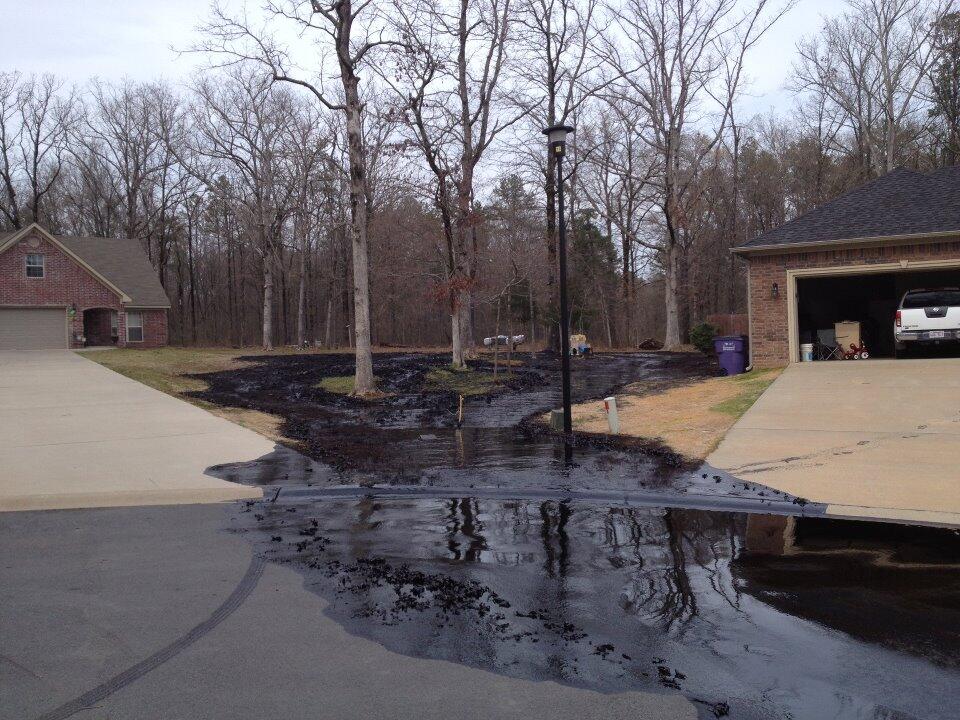The picture above is, surprisingly, not a consequence of the Keystone XL pipeline. Instead, it is due to Exxon Mobil’sPegasus pipeline, which similarly brings Canadian tar sands oil to refineries in the American Southwest. The above spill, which happened in Arkansas on March 31, 2013, required evacuation of 22 homes and spilled between 4,500 and 12,000 barrel equivalents of crude oil.
The Pegasus pipeline carries over 90,000 gallons of crude oil from Illinois to Texas per day. The carg0 originated as Canadian Wabasca Heavy crude.US Gulf Coast refineries are able to process the heavy tar sand oil, which is one of the Keystone pipeline was proposed in the first place. Unfortunately, this spill in Arkansas is not alone. Four days before, a train carrying Canadian crude oil derailed in Minnesota and dumped 15,000 gallons.
Officials from Exxon, the Environmental Protection Agency, and the Department of Transportation’s Pipeline and Hazardous Materials Safety Administration (PHMSA), were on hand to assess the situation and help with clean up. 15 vacuum trucks and 33 storage tanks were utilized for clean up, as well as countless workers and volunteers from the local fire department, city employees, police department, and county road crews.
I am astonished that spills like this happen relatively frequently, and yet plans for the Keystone XL pipeline are continuing. There is no good reason that spills should continue to happen, and instead is evidence of inefficient, dangerously incompetent regulations. We can only hope that safety-minded, both environmental and human, officials will prevail and prevent more spills from occurring and damaging projects from being enacted.
For more information, check out this Reuter’s article.
By Alanna Scheinerman, Class of 2013


